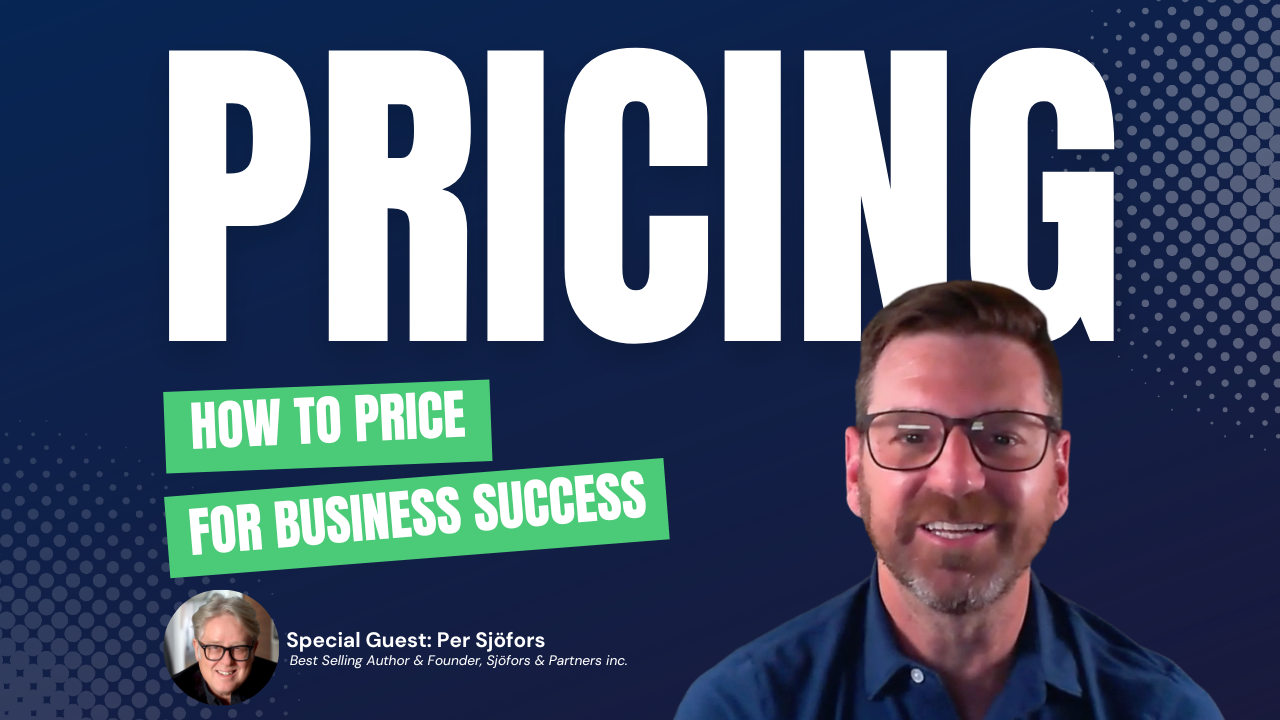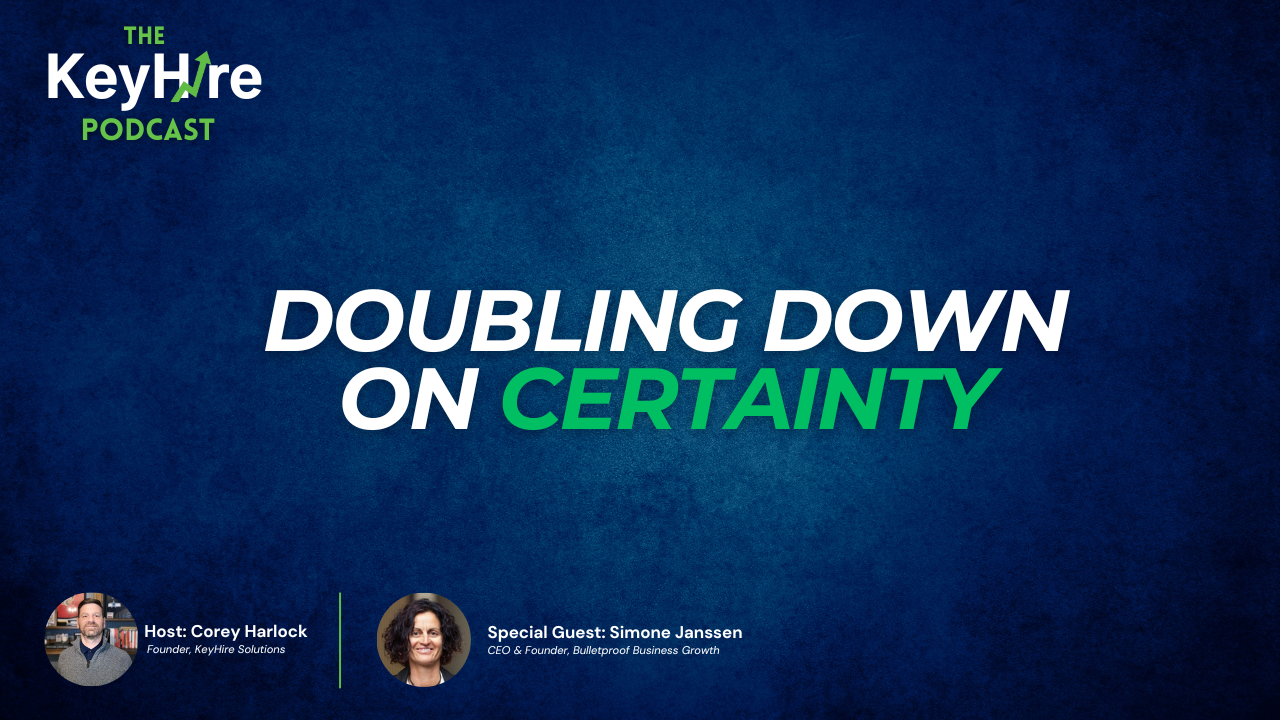How to Use Pricing as a Growth Lever (with Per Sjofors)
You can't afford to get pricing wrong.

Pricing strategy is one of the most critical aspects of running a successful small business. It's not just about determining how much to charge for your products or services; it's about understanding the value you offer to your customers and how you can leverage that value to drive growth.
We're reviewing the importance of pricing strategy for small business owners and how it can be used to help your business thrive.
Understanding Your Costs
The foundation of any pricing strategy begins with a clear understanding of your costs. You must know how much it costs to produce your products or deliver your services. This includes both direct costs (e.g., materials, labor) and indirect costs (e.g., rent, utilities, marketing). Without a solid grasp of your expenses, it's nearly impossible to set a profitable price.
Value-Based Pricing
Once you know your costs, you can move on to a value-based pricing approach. This means understanding the perceived value of your offering from your customer's perspective. What problem does your product or service solve for them? How does it make their life easier, better, or more enjoyable? By aligning your pricing with the value you provide, you can justify higher prices and generate greater revenue.
Competitive Analysis
Competitive analysis is another crucial component of pricing strategy. You should be aware of what your competitors are charging for similar products or services. This doesn't mean you have to match their prices, but it does provide valuable context. Consider what differentiates your business, and be ready to explain why your pricing is justified.
Profit Margins
Profit margins are a key indicator of the health of your business. Your pricing strategy should be designed to ensure healthy profit margins that allow you to reinvest in your business and secure its future. Carefully analyze your margins and adjust your prices if necessary to meet your financial goals.
Customer Segmentation
Not all customers are the same, and they may be willing to pay different prices based on their needs and perceived value. Customer segmentation allows you to offer different pricing options to different customer groups. For example, you might have a premium offering for customers who want extra features and are willing to pay more, and a basic offering for price-sensitive customers. This not only increases revenue but also caters to a broader audience.
Psychological Pricing
Pricing isn't just about numbers; it's also about psychology. Psychological pricing strategies involve using price points that appeal to customers' emotions. For example, setting a product at $9.99 instead of $10 creates the illusion of a better deal. By leveraging the psychological aspects of pricing, you can encourage more purchases and increase your revenue.
Experiment and Adapt
Your pricing strategy isn't set in stone. It should be flexible and adaptable. Experiment with different pricing models and regularly evaluate their performance. Customer feedback, market trends, and changes in your cost structure can all necessitate adjustments to your pricing strategy.
Bundling and Upselling
Bundling products or services together and offering upsells can be a powerful pricing strategy for small businesses. It encourages customers to spend more with you, increasing your average transaction value. Additionally, bundling can highlight the value of your offerings and provide customers with more choices.
Pricing strategy is a fundamental aspect of growing your small business. By understanding your costs, aligning your pricing with the value you offer, analyzing the competition, and applying psychological pricing techniques, you can increase your revenue and profitability. Remember that pricing is not a one-size-fits-all approach; it should evolve with your business and market conditions. Experiment, learn, and adapt to find the perfect pricing strategy that helps your small business thrive.
Are you ready to set your pricing for success? Schedule a free consultation with us.
Learn more about Per: https://www.persjofors.com/











